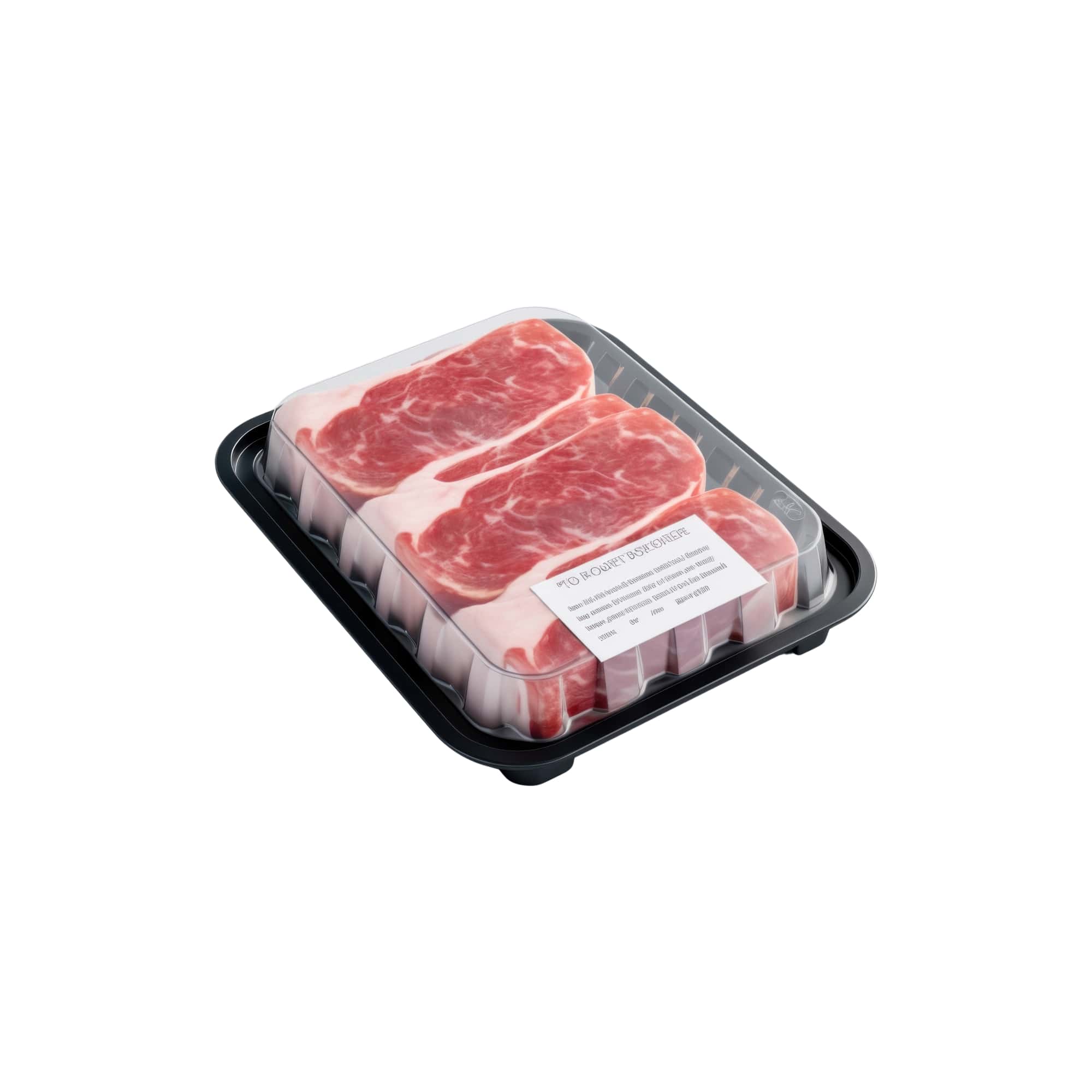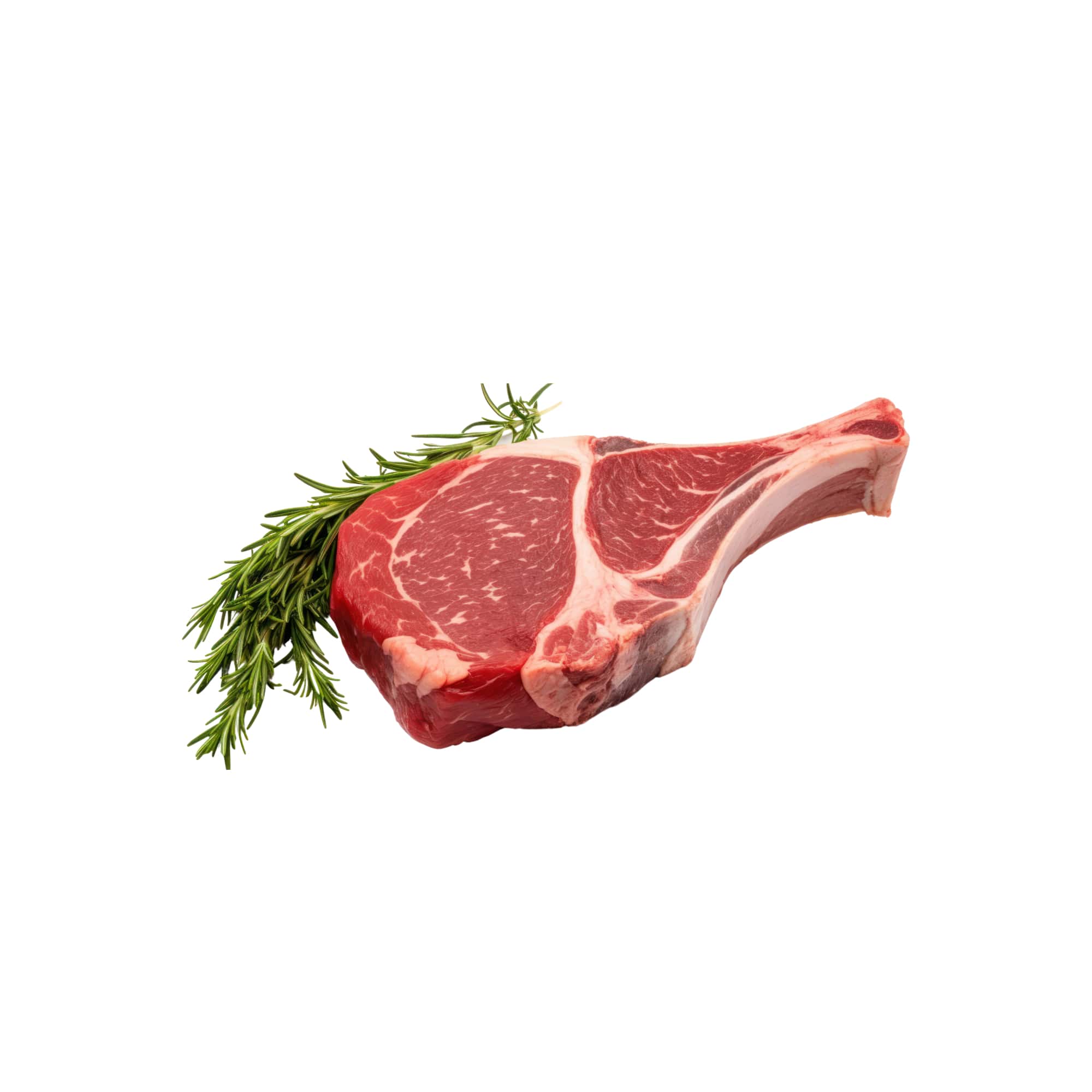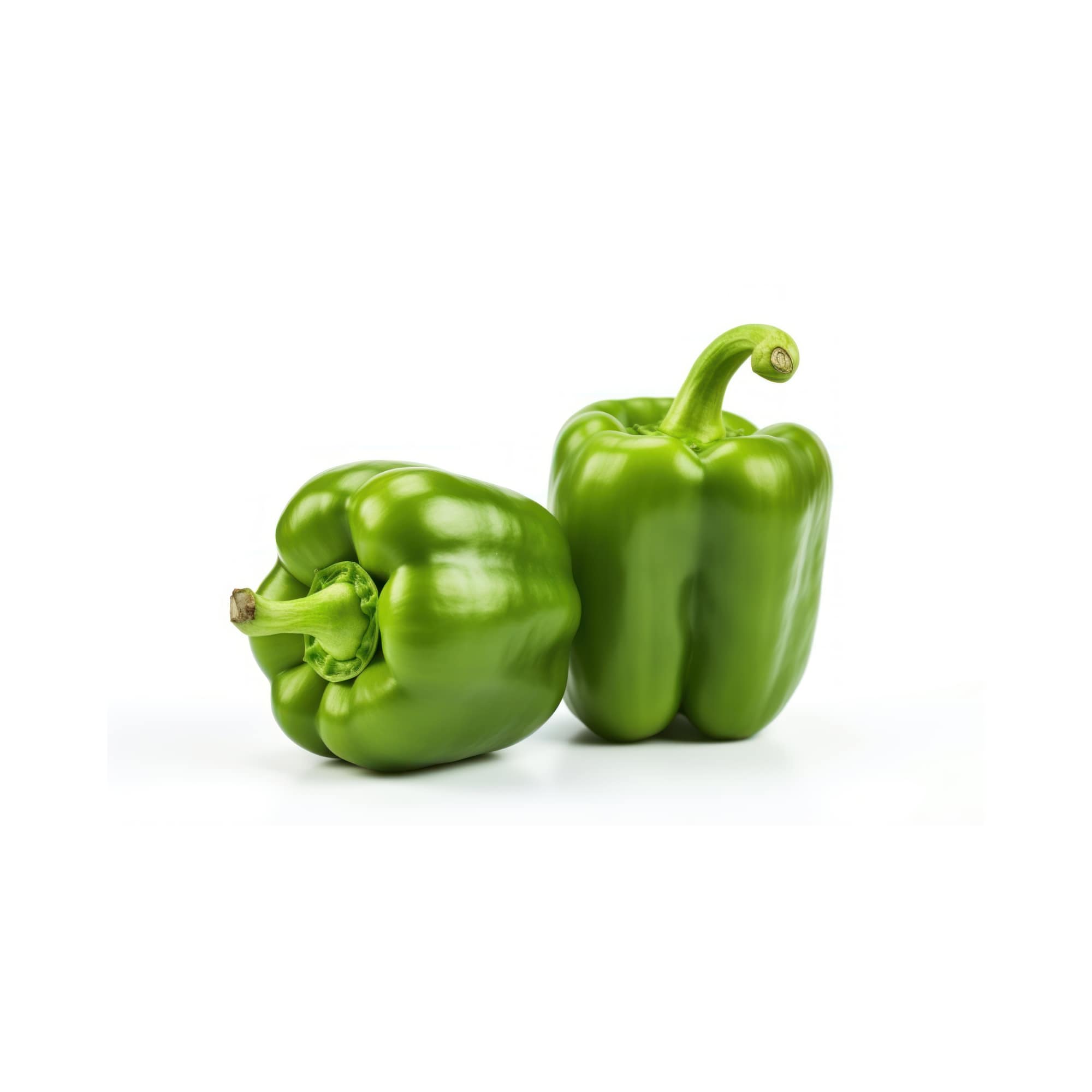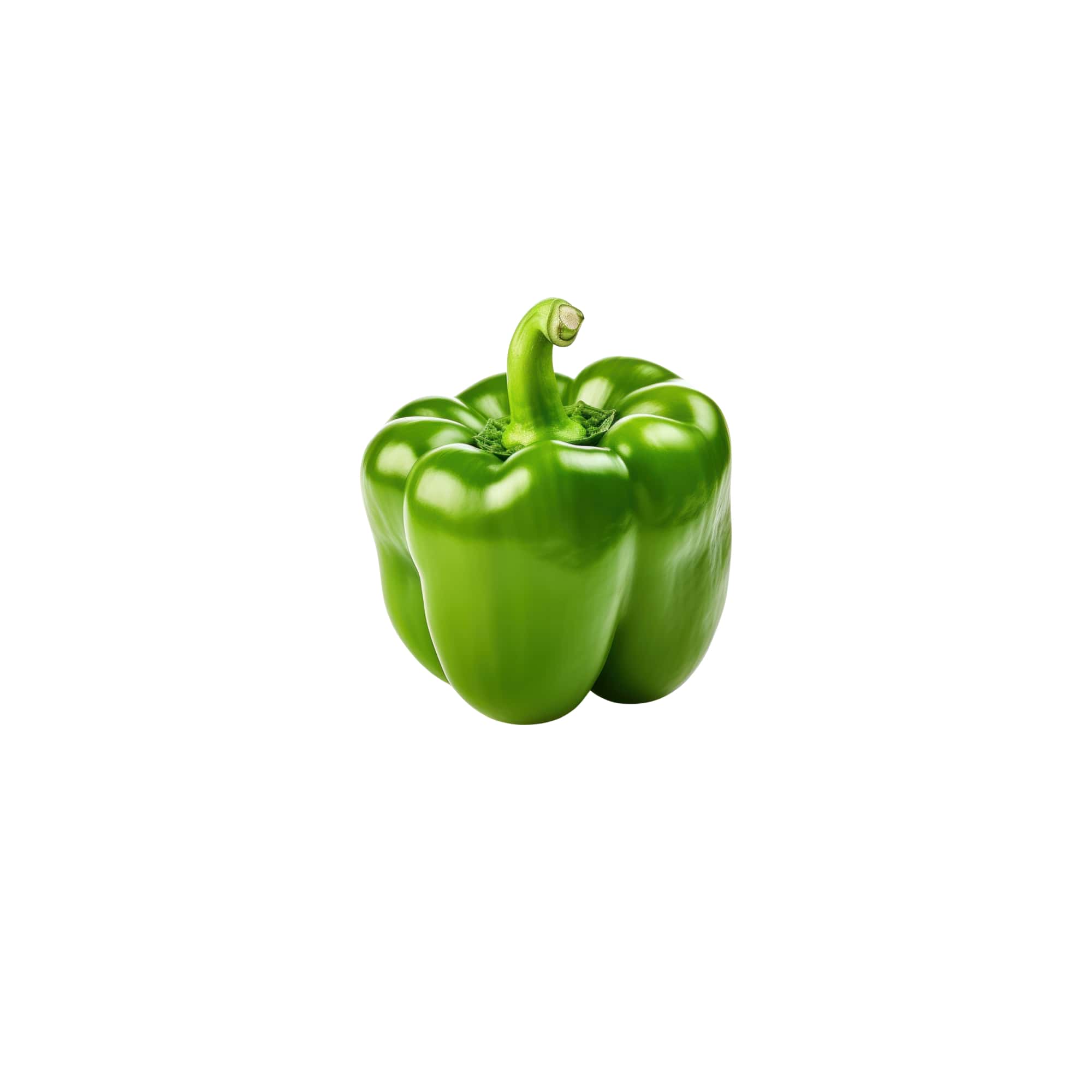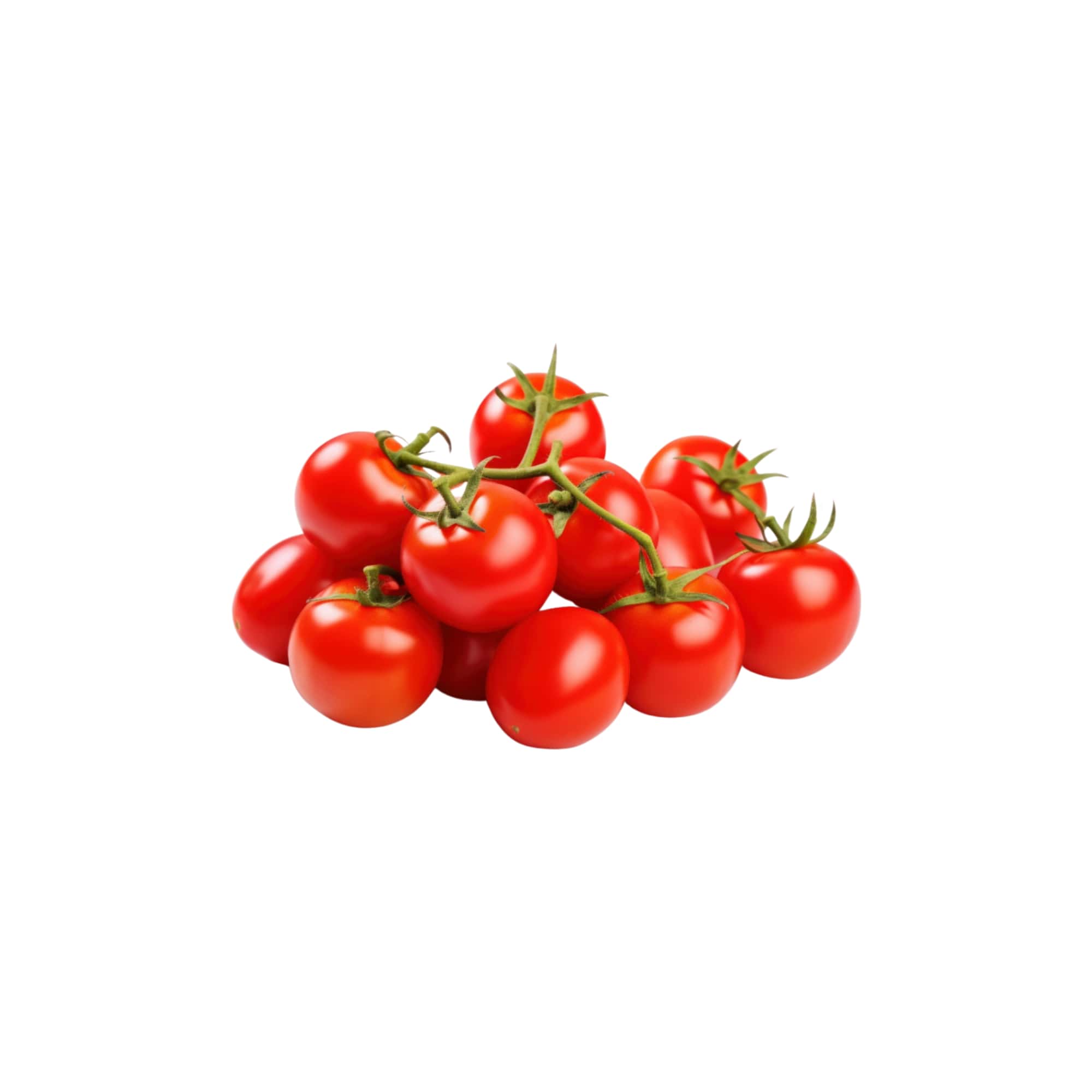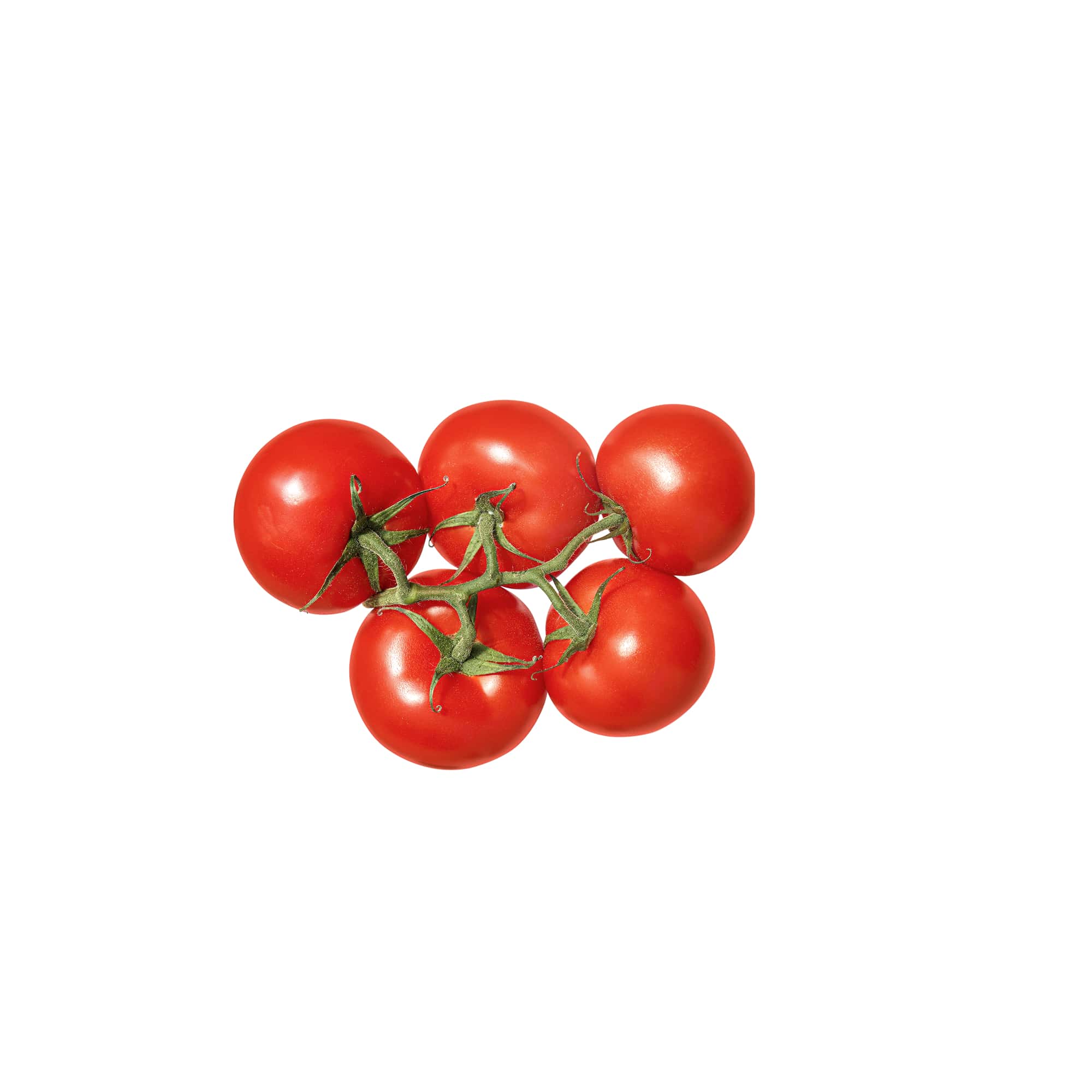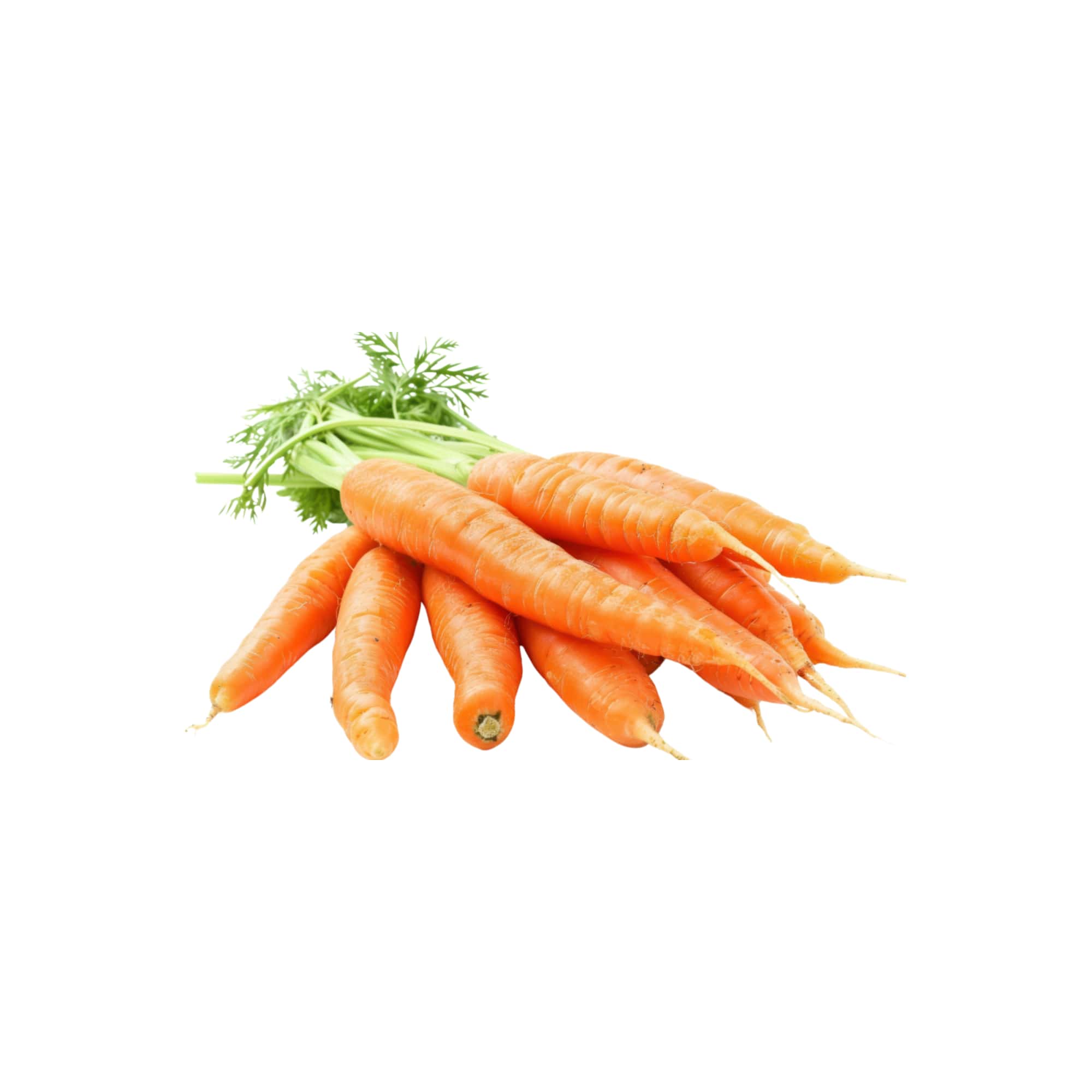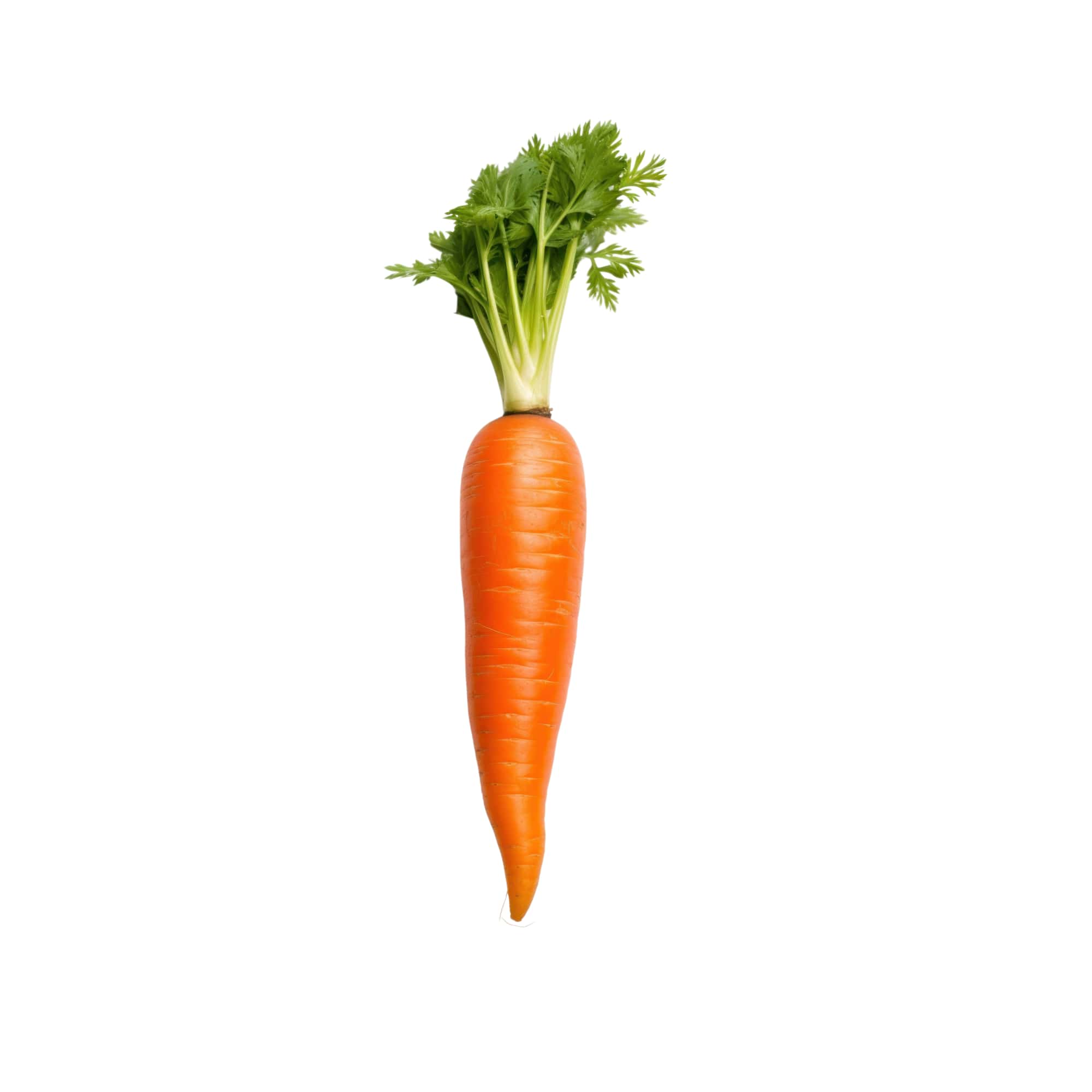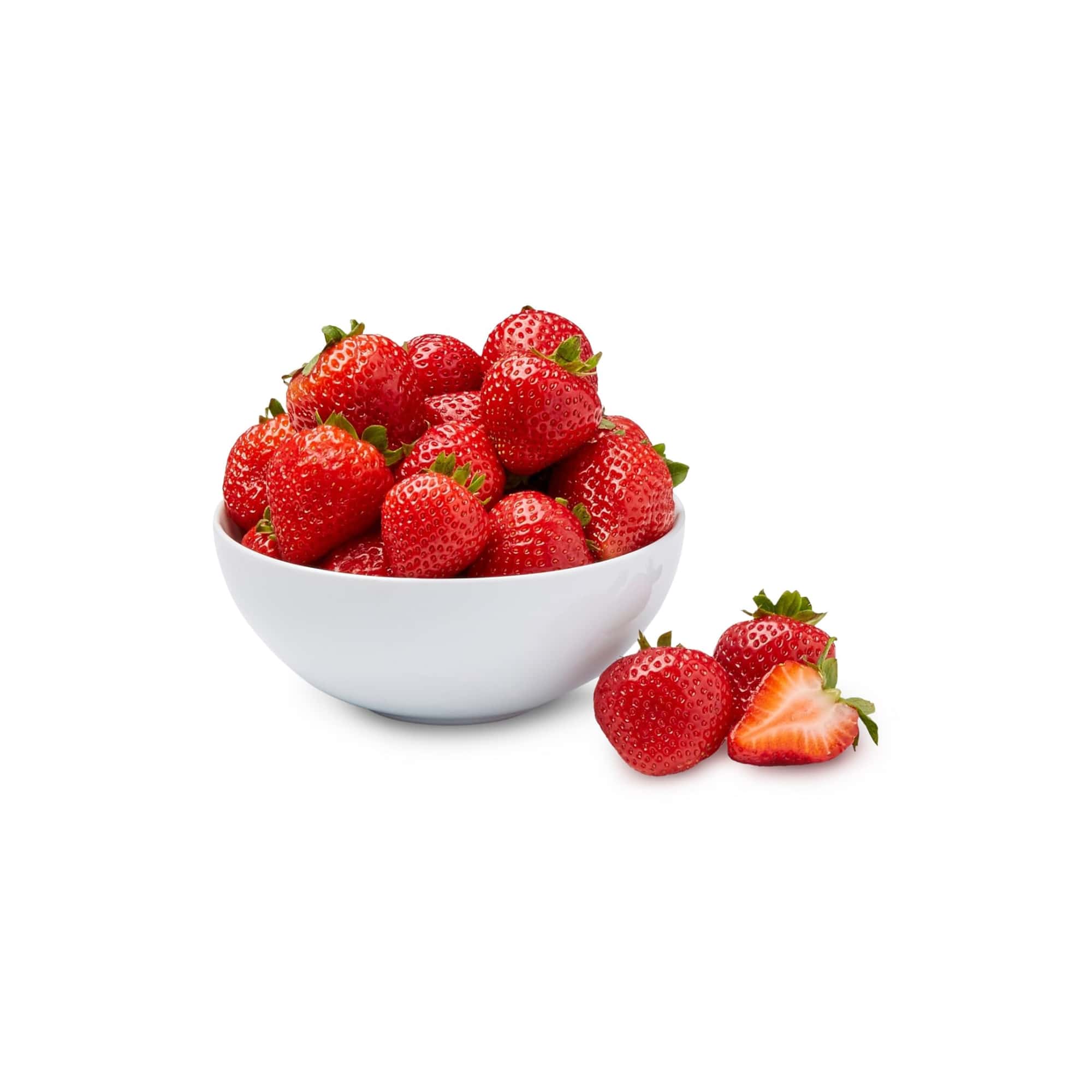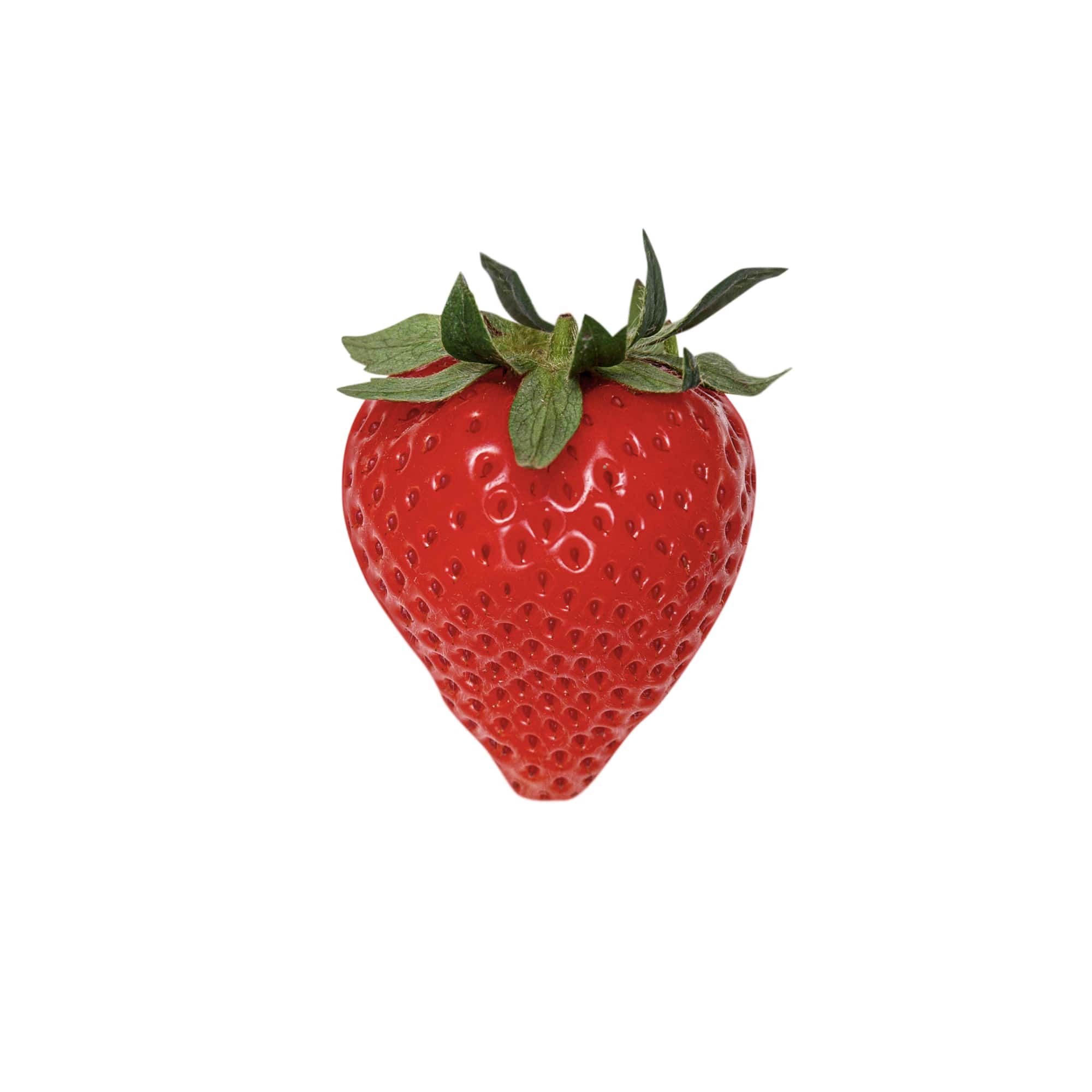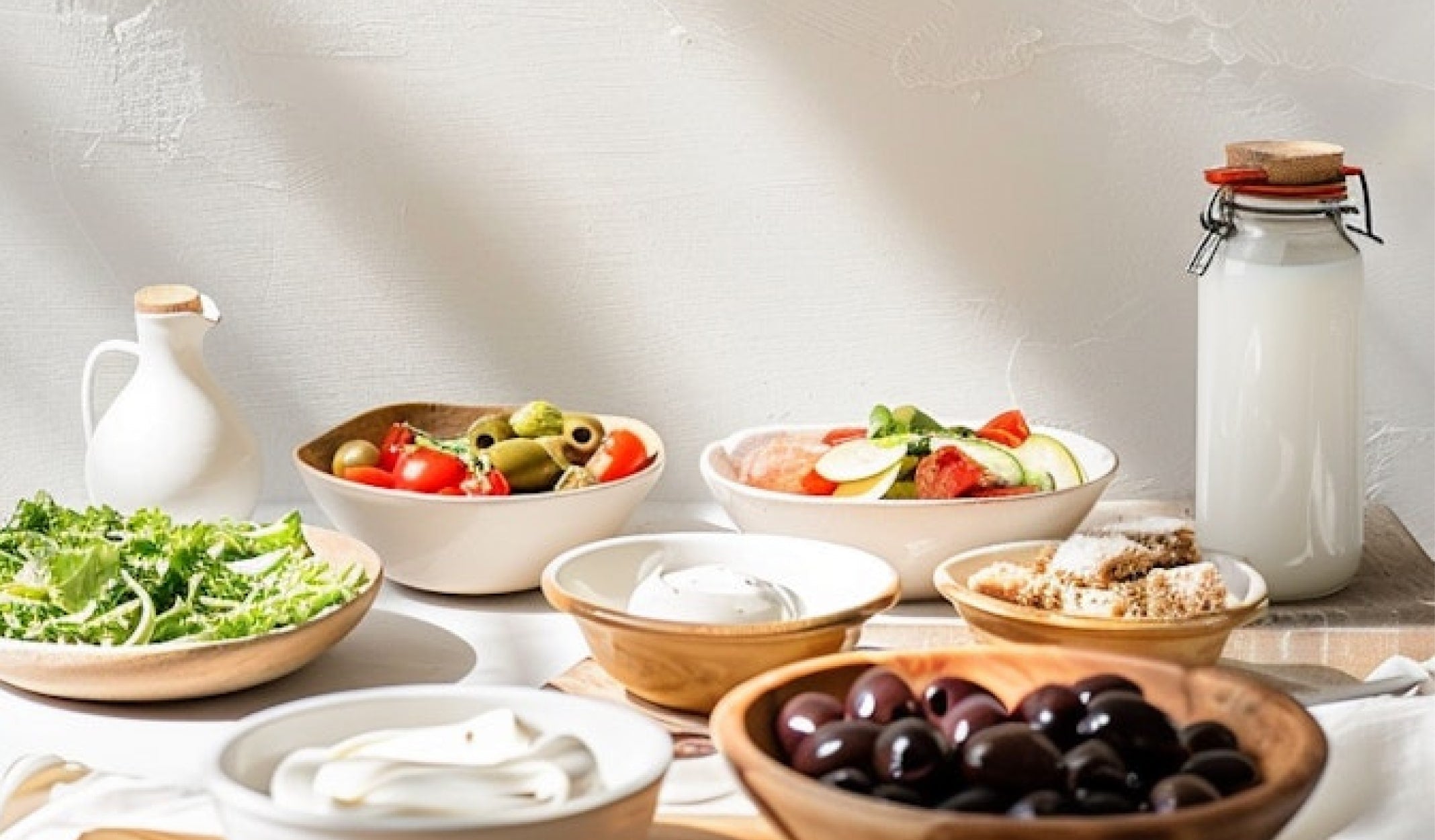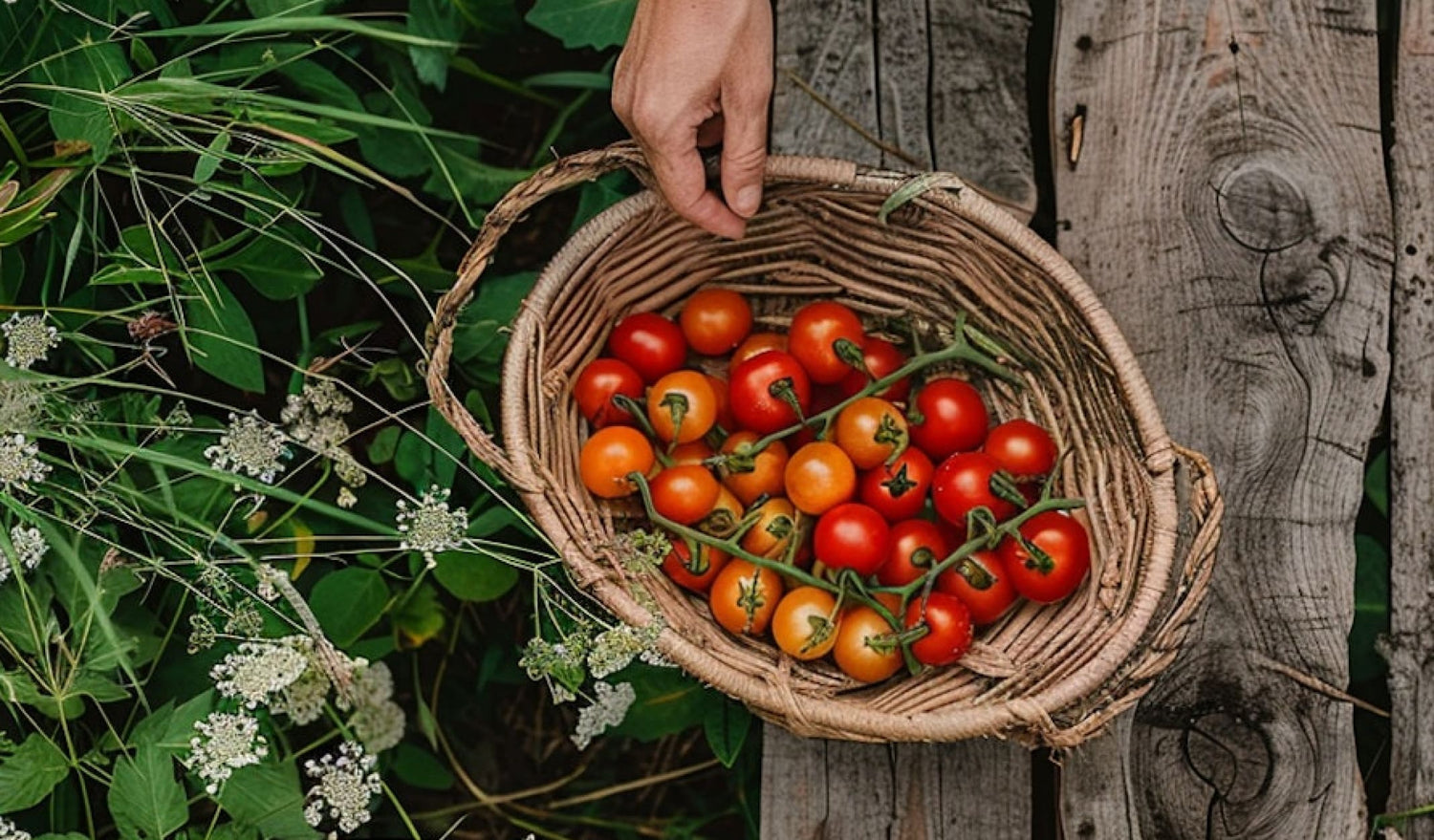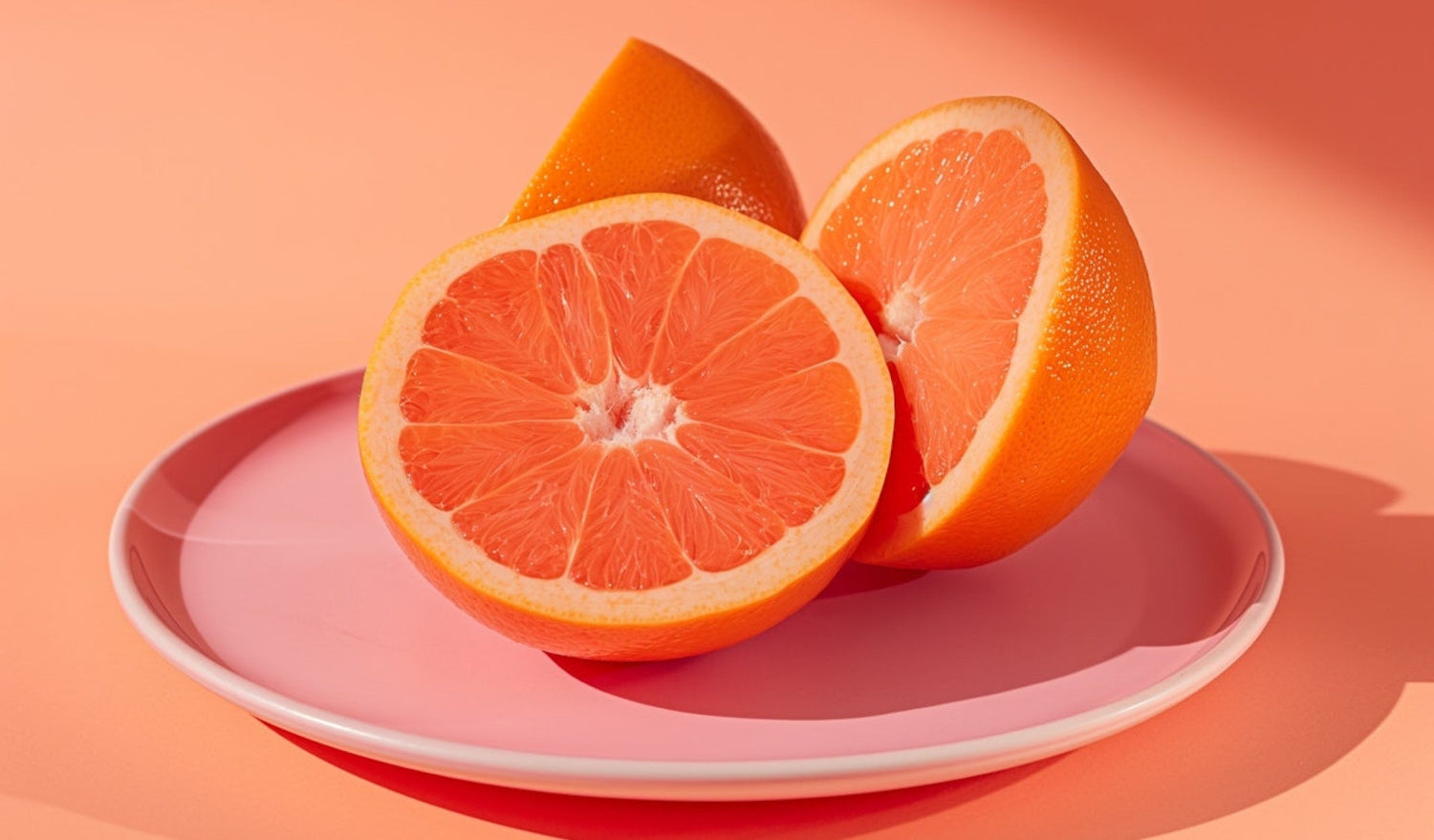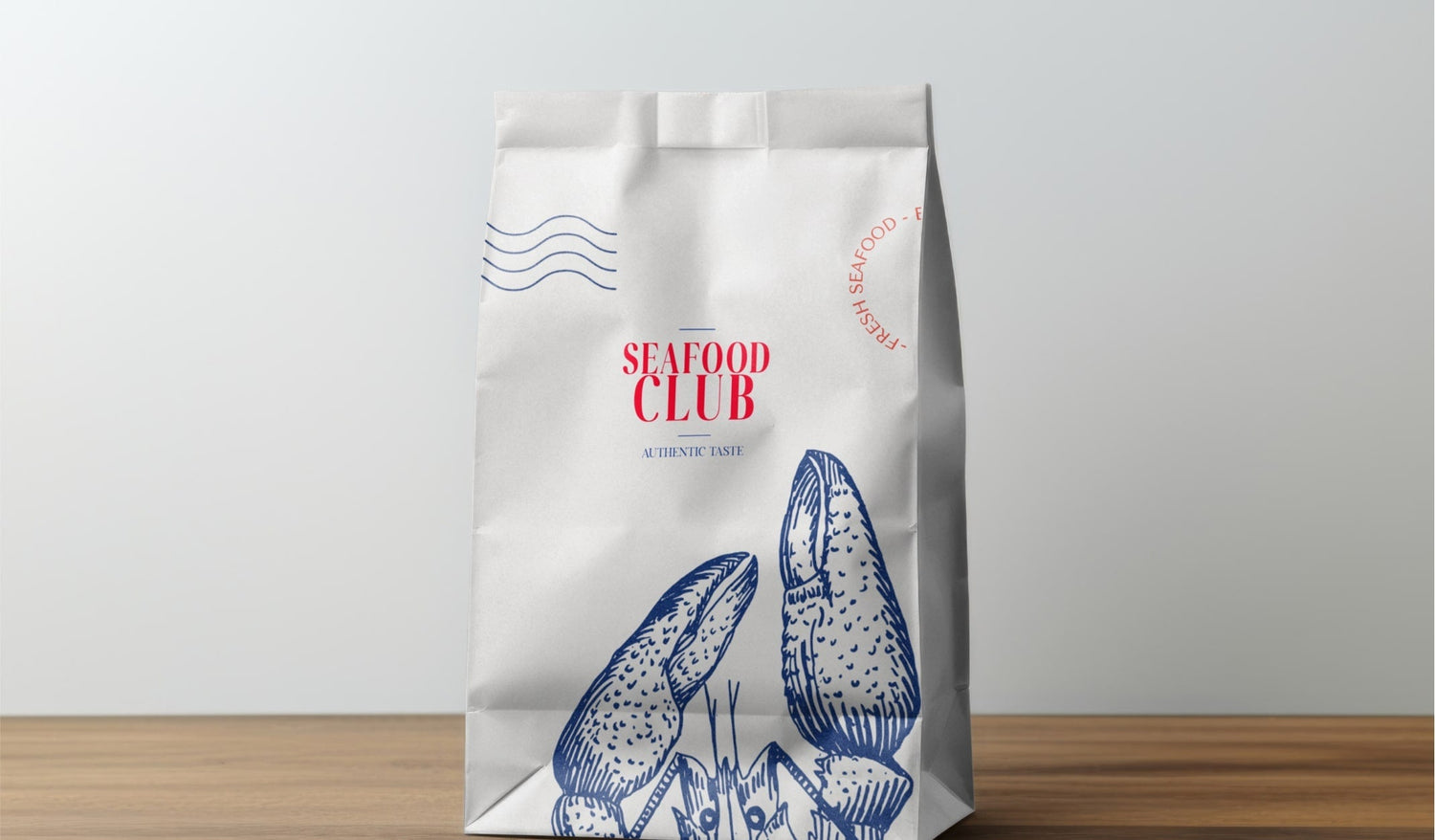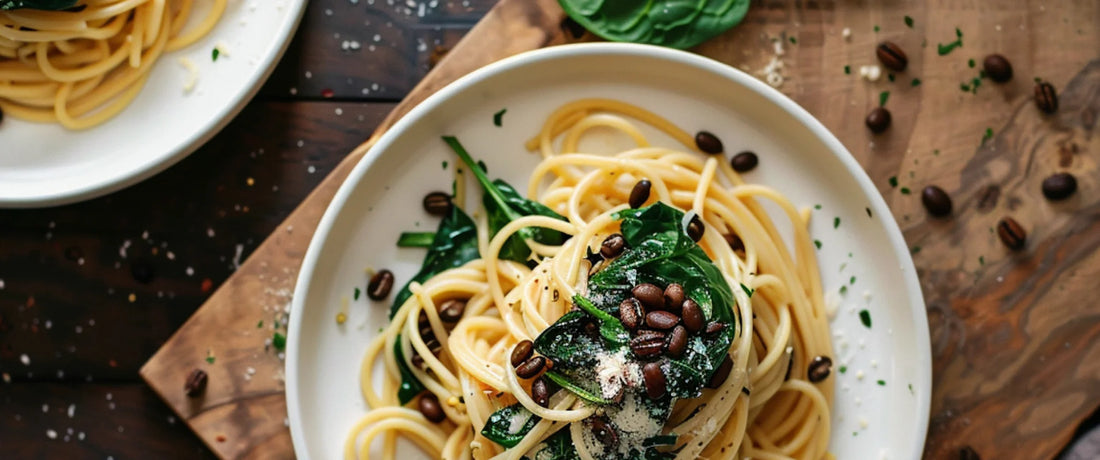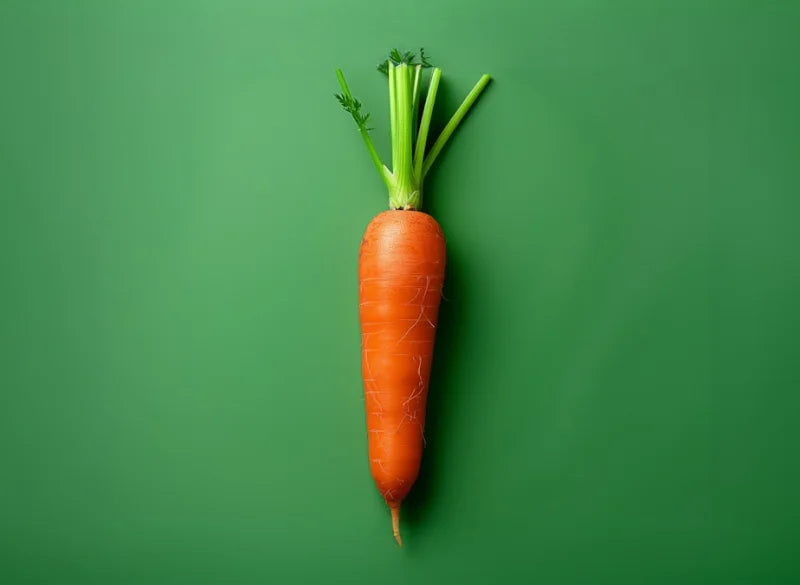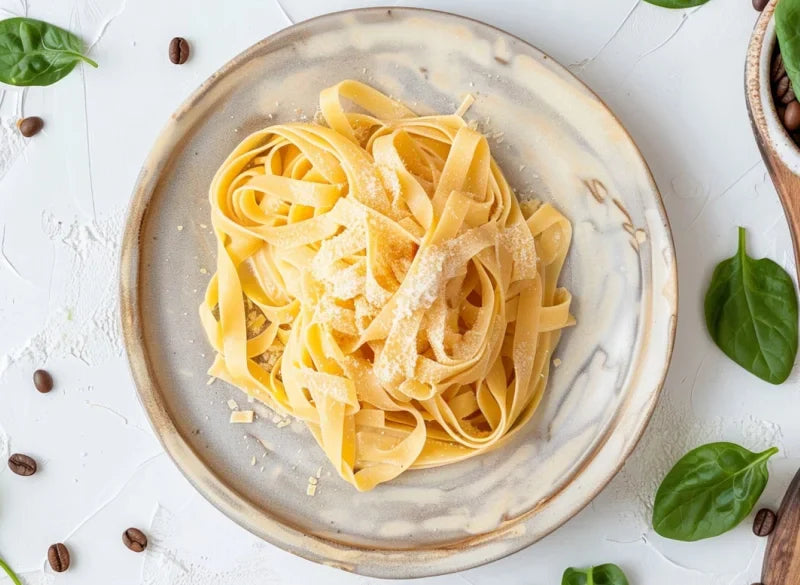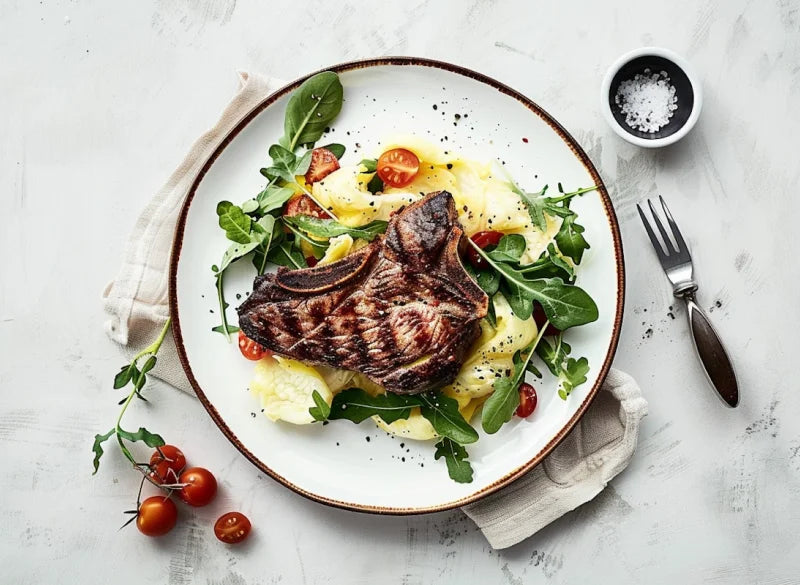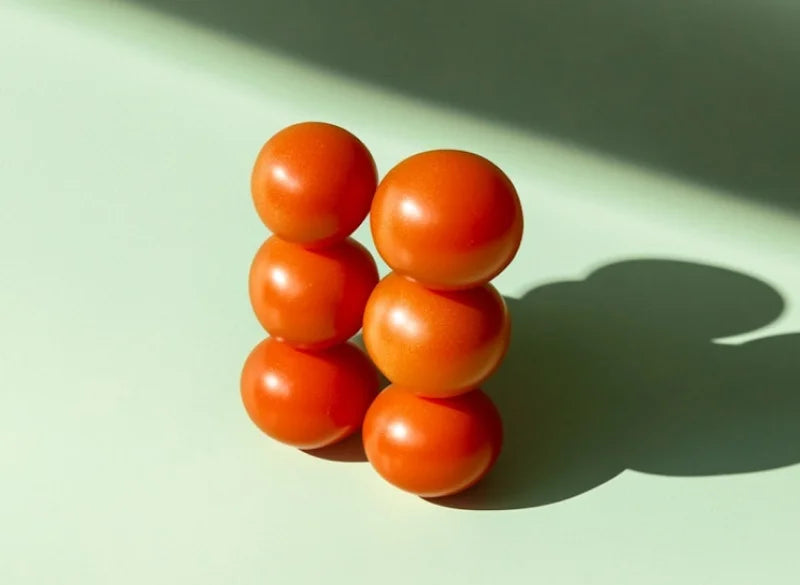1. The Mediterranean Diet: A Lifestyle, Not a Trend
For decades, the Mediterranean diet has been praised by nutritionists and chefs alike — and for good reason. It’s not just a way of eating; it’s a way of living. Rooted in the coastal cuisines of Greece, Italy, Spain, and North Africa, this diet emphasizes whole foods: fresh vegetables, legumes, olive oil, whole grains, and lean proteins like fish.
But more than ingredients, it’s about balance — both in flavors and lifestyle. Meals are often shared slowly with others, emphasizing connection, not just calories. This blog explores how you can bring that same Mediterranean balance to your own table.
2. Mezze: Small Plates, Big Impact
One of the most delightful ways to experience Mediterranean food is through a mezze spread — an array of small dishes meant to be shared. Hummus, tzatziki, marinated olives, stuffed grape leaves, sliced cucumbers, roasted red peppers, and crusty bread make a perfect no-fuss meal.
A mezze table is a feast for the senses: colorful, textural, flavorful. It’s also ideal for plant-forward eating — many of the dishes are naturally vegetarian or vegan. We’ll show you how to assemble your own mezze platter with store-bought items and quick recipes, perfect for weeknights or casual gatherings.
3. The Role of Olive Oil: Liquid Gold
No Mediterranean table is complete without olive oil. Rich in monounsaturated fats and antioxidants, it serves as both a cooking fat and a finishing touch. Drizzle it over salads, grilled vegetables, or even yogurt for extra richness and depth.
This section dives into how to choose good-quality olive oil, store it properly, and use it to elevate everything from your salad dressing to your roasted fish. Think of it as more than an ingredient — it’s a signature.
4. Cheese, Grains, and Greens: The Trio of Texture
To create a balanced plate, Mediterranean meals lean heavily on a trio: cheese (like feta or halloumi), grains (bulgur, couscous, or farro), and fresh greens (arugula, parsley, mint). Together, they provide protein, fiber, and satisfaction.
You’ll learn how to toss together a tabbouleh salad in minutes, pair feta with sweet fruits like watermelon, or build grain bowls that feel hearty without being heavy. These elements keep the meal fresh, filling, and full of contrast.
5. A Feast of Health, Without the Rules
The beauty of Mediterranean eating lies in its flexibility. There are no strict calorie counts or diet restrictions. It’s about real food, slow enjoyment, and seasonal ingredients. Whether you’re preparing a quick lunch of tomatoes and feta on toast or a full mezze dinner for friends, the Mediterranean table invites you to savor, not stress.
Let food bring you together, not just nourish you — that’s the essence of this timeless cuisine.


